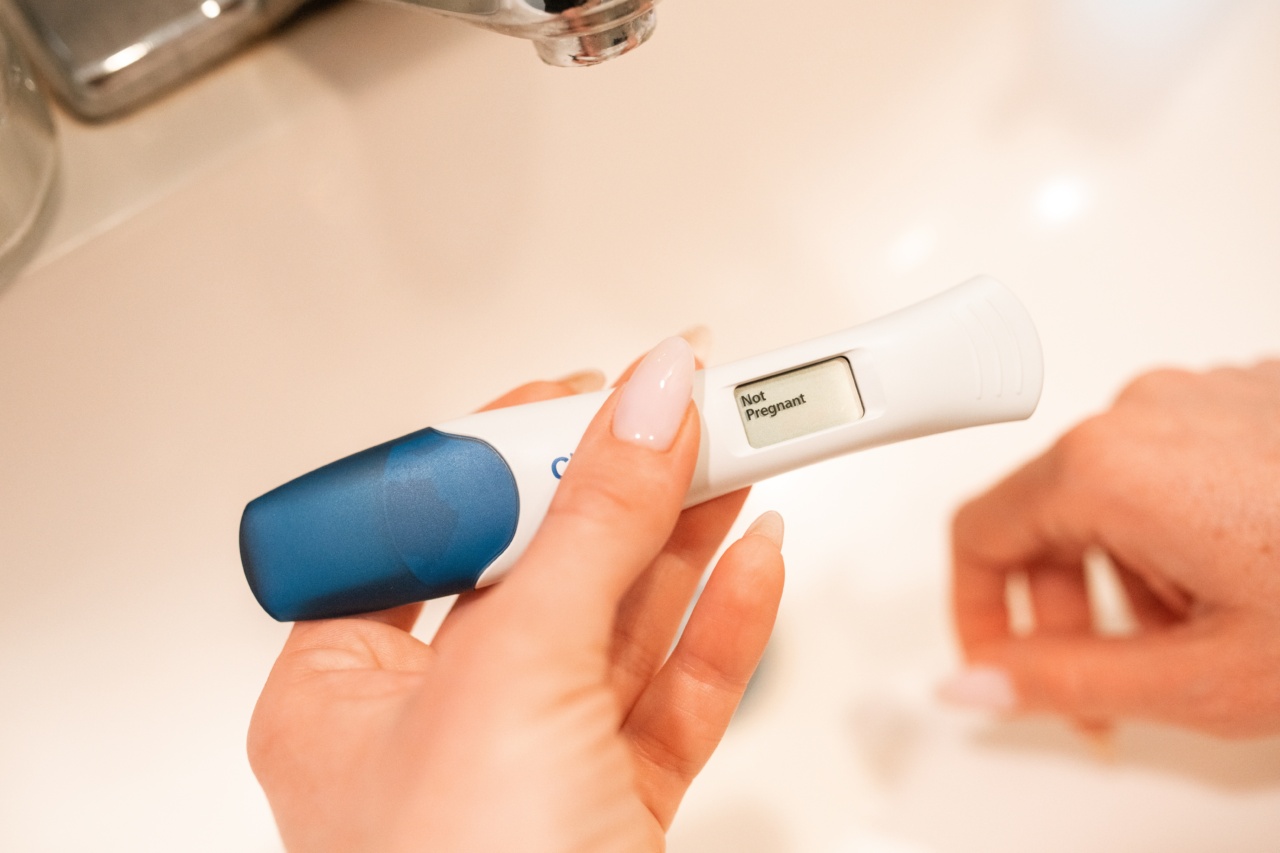Skin rashes are a common occurrence in children and can be caused by a variety of factors such as allergies, infections, and skin conditions.
While most rashes are harmless and resolve on their own, some can be indicative of a more serious underlying condition. It is important for parents to be able to recognize and diagnose common rashes in order to provide proper treatment and care for their children.
Types of Skin Rashes in Kids
There are many different types of skin rashes that can occur in children, each with its own unique characteristics and causes. Some of the most common types of skin rashes in kids include:.
1. Eczema
Eczema is a chronic skin condition that results in red, itchy, dry, and scaly skin. It is most common in children under the age of five, but can occur at any age.
Eczema flare-ups can be triggered by a variety of factors such as stress, heat, irritants, and allergens. Treatment options for eczema include topical creams and ointments, as well as lifestyle changes to avoid triggers and maintain healthy skin.
2. Contact dermatitis
Contact dermatitis is a type of skin rash that develops when the skin comes into contact with an irritant or allergen. Common triggers include poison ivy, detergents, and certain fabrics. Symptoms include redness, itching, and blisters.
Treatment typically involves avoiding the triggering substance and using topical creams to soothe symptoms.
3. Diaper rash
Diaper rash is a common type of rash that occurs in infants and toddlers who wear diapers. It is typically caused by prolonged exposure to wetness or friction from the diaper. Symptoms include redness and bumps in the diaper area.
Treatment includes frequent diaper changes, using barrier creams, and exposing the affected area to air as much as possible.
4. Chickenpox
Chickenpox is a highly contagious viral infection that causes a characteristic rash with small, itchy blisters. Other symptoms include fever and fatigue. The vaccine for chickenpox has greatly reduced the incidence of the disease, but cases still occur.
Treatment focuses on managing symptoms such as fever and itching.
5. Scabies
Scabies is a skin condition caused by tiny mites that burrow under the skin. It results in a rash with small raised bumps and intense itching. Treatment involves prescription-strength creams and lotions.
6. Psoriasis
Psoriasis is a chronic skin condition that results in red, scaly patches on the skin. It can occur at any age, but is most common in adults. Treatment options for psoriasis include topical creams, light therapy, and systemic medications.
Diagnosis and Treatment
The diagnosis of a skin rash in a child typically involves a physical examination and a review of the child’s medical history. In some cases, additional testing may be necessary such as a skin biopsy or blood work.
The treatment of a skin rash in a child depends on the underlying cause. In many cases, the rash will resolve on its own with proper care and attention to hygiene.
However, if the rash is caused by an infection or skin condition, treatment may be necessary.
Treatment options for skin rashes in children may include:.
1. Topical creams and ointments
Topical medications such as corticosteroids and antihistamines can be effective in reducing inflammation and itchiness associated with many types of skin rashes.
2. Oral medications
Oral medications such as antibiotics and antiviral medications may be prescribed to treat skin rashes caused by infections. In more severe cases, systemic medications such as immunosuppressants may be necessary.
3. Lifestyle changes
For skin rashes caused by allergies or irritants, lifestyle changes such as avoiding triggering substances and maintaining proper hygiene may be effective in preventing future outbreaks.
4. Home remedies
In addition to medical treatment, there are several home remedies that can be used to soothe symptoms of skin rashes such as oatmeal baths and cool compresses.
However, it is important to use caution when using home remedies and to always consult with a healthcare professional before trying any new treatment.
Prevention
Preventing skin rashes in children can be challenging, but there are several steps that parents can take to reduce the risk of outbreaks. These include:.
1. Maintain proper hygiene
Regular hand washing and bathing can help prevent the spread of infections and irritants that can cause skin rashes.
2. Keep skin moisturized
Dry skin can be more prone to developing rashes, so it is important to keep skin well moisturized especially in dry or cold weather.
3. Avoid triggers
Identifying and avoiding triggers such as allergens and irritants can help prevent outbreaks of skin rashes.
4. Practice safe sex
Sexually transmitted infections such as herpes and scabies can cause skin rashes. Practicing safe sex can help reduce the risk of infection.
Conclusion
Skin rashes are a common occurrence in children and can be caused by a variety of factors. While most rashes are harmless, some can be indicative of a more serious underlying condition.
Parents should be able to recognize and diagnose common rashes in order to provide proper treatment and care for their children. Prevention involves maintaining proper hygiene, avoiding triggers, and seeking medical attention if necessary.





























